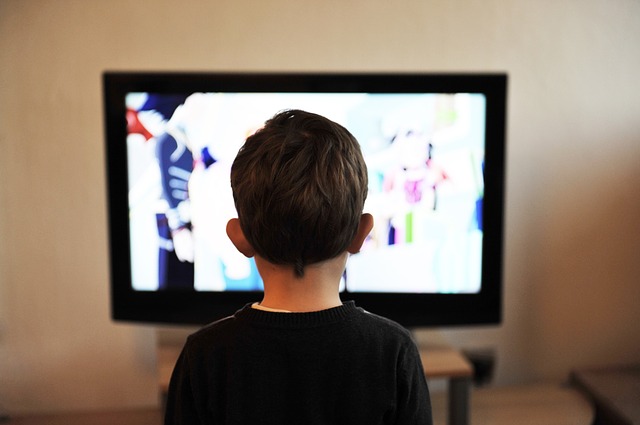The Cable Television Consumer Protection and Competition Act of 1992 amended the Cable Communications Policy Act of 1984 (which had in turn amended the Communications Act of 1934).
Act returned to regulation in many cable areas
The 1992 act marked a return to regulation in the areas of cable rates, services, and programmer access; the establishment of further protection and provision for public access channels; and the extension of obscenity regulations to include cable and public access channels.
The 1984 cable act had deregulated much of cable broadcasting, and court decisions had further weakened regulations.
Act recognized most customers had little freedom of choice
An alliance of interest groups comprised of programmers, consumer groups, public interest advocates, and some cable companies opposed this state of affairs, arguing that they were being placed at a competitive disadvantage by deregulation or that the act had neglected abiding public interests. These groups successfully lobbied for reforms and re-regulation.
The 1992 act recognized that cable had become the primary delivery system for broadcast programming and that most customers had little freedom of choice.
It also put independent programmers and stations, as well as ultra high frequency (UHF) technologies, at a disadvantage. Both groups sought protection against excessive market power.
Act reinstituted must-carry regulations that had been overturned on First Amendment grounds
Although the 1992 bill affirmed the primacy of the market approach, it instituted such reforms as rate regulation and the creation of a basic tier of local channels and PEG channels at a relatively inexpensive rate. The act also reinstituted must-carry regulations that had been overturned on First Amendment grounds in Quincy Cable RV, Inc. v. Federal Communications Commission (D.C. Circuit 1985).
In addition to the requirement that franchisors require cable companies to provide access channels, the 1992 act also gave franchisors the ability to require facilities financial support (section 451 (a) (4) (B)).
It legislated that satellite broadcasters set aside 4 to 7 percent of channel capacity for educational or informational programming.
FCC allowed to establish regulations regarding obscenity
The 1984 act had relieved cable companies of their obligation to regulate obscene programming. Section 10(c) of the 1992 act allowed the Federal Communications Commission (FCC) to establish regulations for such content and to hold cable operators responsible for it.
Court cases challenged obscenity and PEG provisions
Several court cases challenged the obscenity provisions and the requirement for facilities and financial support for PEG channels.
In Daniels Cablevision v. United States (D.D.C. 1993), a federal district court upheld PEG access provisions against First Amendment challenges as valid regulatory requirements based on “affording speakers with less market appeal access to the nation’s most pervasive video distributions technology.”
Courts have generally held that PEG is content neutral and enables a broad range of speakers to access audiences that would otherwise never hear them.
The obscenity challenge, however, has not been completely upheld. The Daniels decision rejected the argument that the obscenity provision would result in self-censorship and fear of controversial programming among timid operators.
It held that obscenity is a constitutional issue that applies to all equally and from which no one can be granted immunity. In Denver Area Educational Telecommunications Consortium v. Federal Communications Commission (1996), the Supreme Court ruled that indecent programs could be censored on leased access, but not on PEG, channels.
This article was originally published in 2009. Brian Caterino is a writer living in Rochester, New York. He received a PhD in political science from the University of Toronto and taught for several years at SUNY-Brockport and the University of Rochester. He also worked in a public access channel for many years. A protest over the seizure of this public access channel was indirectly the spur for the Supreme Court case Town of Greece v. Galloway, for which he provided video materials. Among his academic work, he recently published The Decline of Public Access and Neo-Liberal Media Regimes (Palgrave Macmillan 2020) which deals in part with free speech issues in communications media.

